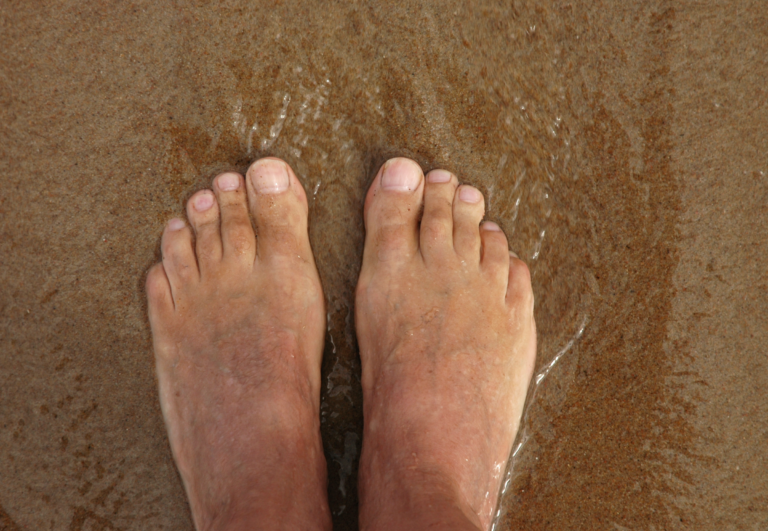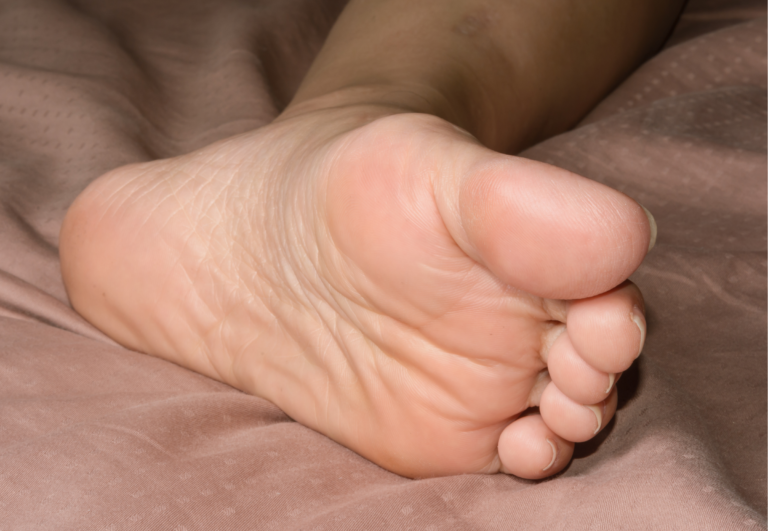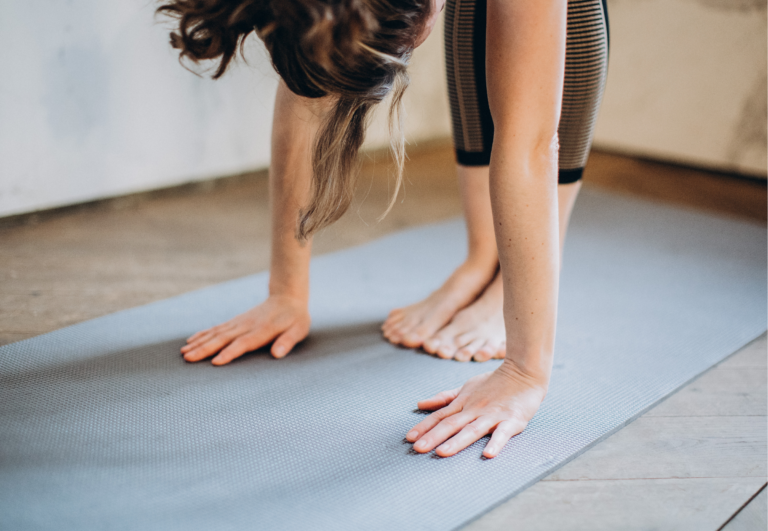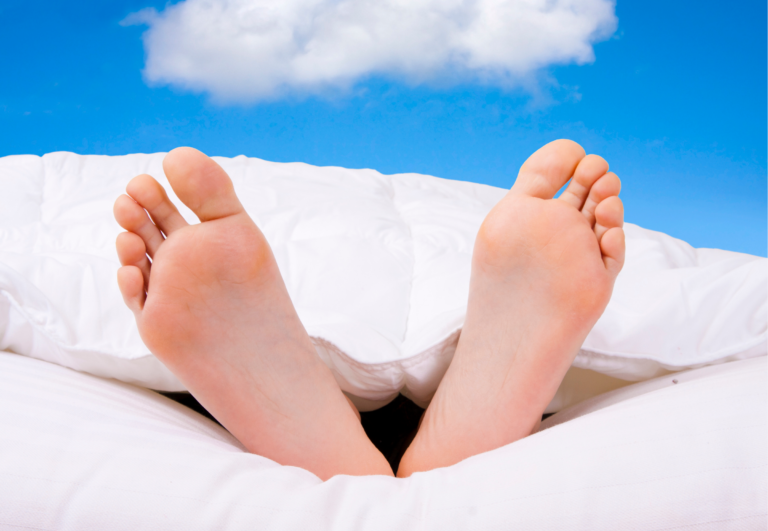Using Toe Spacers During Pregnancy: Essential Safety Guidelines and Practical Advice
During pregnancy, women often face changes in their body that can affect their comfort and stability. Toe spacers, known for their ability to realign and provide relief to crowded toes, may seem like an attractive option for expectant mothers experiencing foot discomfort from swelling or other common foot issues during pregnancy.
I’ve noticed a growing interest among pregnant women in using toe spacers as a way to alleviate some of the pressures on their feet. These simple devices work by gently separating the toes, which can enhance circulation and potentially reduce pain caused by the increased weight and pressure that pregnancy brings. However, it’s crucial to proceed with caution as the body goes through significant changes that might affect the suitability of toe spacers during this time.
Safety is paramount when considering the use of toe spacers during pregnancy. It’s essential to consult a healthcare professional before starting any new foot health regimen, especially when pregnant. Knowledgeable about the musculoskeletal alterations that accompany pregnancy, they can provide personalized advice ensuring both the mother’s and baby’s well-being are safeguarded.
Potential Benefits of Using Toe Spacers in Pregnancy
Pregnancy often comes with a unique set of challenges for foot health. Incorporating the use of toe spacers can provide a threefold benefit: reducing discomfort, improving the structure of the feet, and enhancing circulation and strength.
Alleviating Foot Pain and Discomfort
During pregnancy, it’s common for feet to feel sore and swollen. Toe spacers can help relieve foot pain by preventing toes from overlapping and rubbing against each other. They allow the feet to spread naturally, reducing pressure and preventing blisters, especially when one’s center of gravity shifts and extra weight adds to the discomfort.
Improving Foot Structure and Toe Alignment
The design of modern footwear often leaves little room for toes, which can compromise their natural alignment. Toe spacers work to counter that by separating each toe, fostering better toe alignment. This can lead to healthier feet overall by supporting the foot’s natural shape, which could be particularly helpful as pregnancy progresses and the feet bear more weight.
Enhancing Circulation and Foot Strength
Good circulation is crucial during pregnancy, as it contributes to overall foot health and can reduce swelling. Toe spacers can assist in maintaining proper blood flow by keeping the toes apart, which might also help with balance and stability. Additionally, with regular use, toe spacers can contribute to foot strength, providing a more solid foundation which may be beneficial for posture during pregnancy.

Safety Considerations for Toe Spacer Use During Pregnancy
When pregnant, it’s crucial to ensure that the use of toe spacers doesn’t compromise safety, balance, or foot health. I’ll share key tips on using toe spacers safely during this special time.
Understanding the Impact on Balance and Posture
During pregnancy, my center of gravity shifts, which can affect my balance and posture. Toe spacers may help in aligning my toes and subsequently contribute to a better foot structure. However, I need to be cautious as improperly used spacers might lead to imbalance or falls. I should use toe spacers only when stationary, like when sitting or lying down, to mitigate the risk of losing my balance.
Choosing the Right Material and Sizing
Material: Silicone toe spacers are often recommended because they are soft, flexible, and hypoallergenic.
Sizing: It is important to get the sizing right to avoid discomfort or circulation issues. If unsure about the size, I should opt for adjustable toe spacers or seek guidance from a product specialist.
| Material | Benefits |
|---|---|
| Silicone | Comfortable, hypoallergenic, easy to clean |
Consulting with a Podiatrist
Although toe spacers can be beneficial, consulting with a podiatrist is essential during pregnancy. They can provide personalized advice on safety and proper use. A podiatrist can also assess if toe spacers are appropriate for me, especially if I have conditions like bunions or hammertoes, which may be affected by pregnancy.
Types of Toe Spacers and Their Features
When selecting toe spacers during pregnancy, it’s essential to consider the type and features that will best suit your needs.
Silicon vs. Gel Spacers
Silicon Toe Separators are often favored for their durability and ability to maintain shape over time. Made from medical-grade silicone, these separators offer a firm yet flexible option that can be washed and reused, providing a long-term solution for toe spacing needs.
Gel Toe Separators are softer and provide more cushioning, which some find more comfortable for immediate relief. They conform well to the foot’s shape but may wear out faster than their silicone counterparts.
Different Designs for Various Foot Conditions
- For General Toe Spacing: Simple spacers are designed to fit between any two toes, helping to alleviate pressure.
- For Bunions: Separators made specifically to relieve pressure on the big toe joint can help prevent the progression of bunions.
- For Overlapping Toes: Enclosed separators that cover more toe area can assist in gently guiding toes back into a natural position.
Size Options matter as well; most spacers come in various sizes to accommodate different foot widths and lengths.
Customizable Options for Optimal Fit
Customizable toe spacers are tailored to an individual’s feet, ensuring each toe is spaced according to personal comfort and need. Options can include:
- Selecting Specific Materials: Among those materials, medical-grade silicone is a popular option due to its hypoallergenic properties.
- Adjusting Thickness: Custom spacers may allow you to choose the thickness, offering a more personalized fit based on the extent of spacing needed.
Incorporating Toe Spacers into Daily Routine
To integrate toe spacers safely into daily routines during pregnancy, it’s vital to combine their use with exercises and stretches, understand the optimal timing for their application, and align their use with a comprehensive foot care strategy.
Exercises and Stretches with Toe Spacers
My experience has shown that toe spacers can enhance toe and foot exercises, promoting flexibility and strength. I recommend simple toe spreads—gently pressing toes outward and holding the position—for the best results. Toe curls can also be beneficial, pulling the toes inward against the resistance of the spacers. Perform these exercises in short, consistent sessions to maintain foot health without overexertion.
When to Wear Toe Spacers for Maximum Benefit
The best time to wear toe spacers is when your feet are at rest, such as during the evening or while sleeping. Beginning with intervals of 10-15 minutes and gradually increasing to a comfortable duration helps avoid stress to the foot muscles. Wearing them during low-impact activities also maximizes the spacers’ benefits without disrupting the daily routine.
Integrating with Other Foot Care Practices
Toe spacers complement other foot care practices, like regular pedicures, to maintain overall foot health. Ensure your feet are clean before use and consider applying a moisturizer to keep the skin hydrated. I find that aligning the use of toe spacers with a foot care regimen brings more balance to my feet and can enhance the effects of pedicures by maintaining proper toe alignment.
Addressing Specific Foot Ailments with Toe Spacers
Toe spacers can be beneficial for several common foot ailments experienced during pregnancy. Here are specific ways they may help.
Management of Bunions and Hammertoes
- Bunions: These are bony protrusions that usually develop at the base of the big toe and can become painful, especially during pregnancy. I recommend using toe spacers to help maintain proper toe alignment and reduce pressure on the big toe joint.
- Hammertoe: This condition causes toe joints to buckle, leading to discomfort and difficulty walking. Alleviate these symptoms by using toe spacers to help straighten and align your toes.
Pro Tip: Start with short periods of wear and gradually increase as comfort allows.
Relief for Plantar Fasciitis and Overlapping Toes
- Plantar Fasciitis: This is marked by pain in the heel due to inflammation of the plantar fascia. Toe spacers can aid in distributing foot pressure more evenly during pregnancy, which may provide relief from discomfort.
- Overlapping Toes: When toes start to overlap, it can create irritation and additional discomfort. Toe spacers may help by separating the toes gently and encouraging a natural position.
Remember: Consistency is key, and it’s best to integrate toe spacers into a daily foot care routine.
Preventing Calluses and Corns
- Calluses and Corns: These are areas of thickened skin caused by friction and pressure. Pregnant women might find calluses and corns forming due to weight changes and swelling.
- To assist in prevention, use toe spacers as they can help to alleviate points of pressure and reduce skin irritation.
Note: Always check for soft, silicone-based toe spacers as they tend to be more comfortable and less irritating to sensitive skin.





